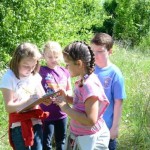Yesterday, we were concerned about nighttime temperatures that were predicted to fall into the teens. We decided to go ahead and harvest the leeks, collards and kale that we’ll distribute at the second Winter CSA pick-up.
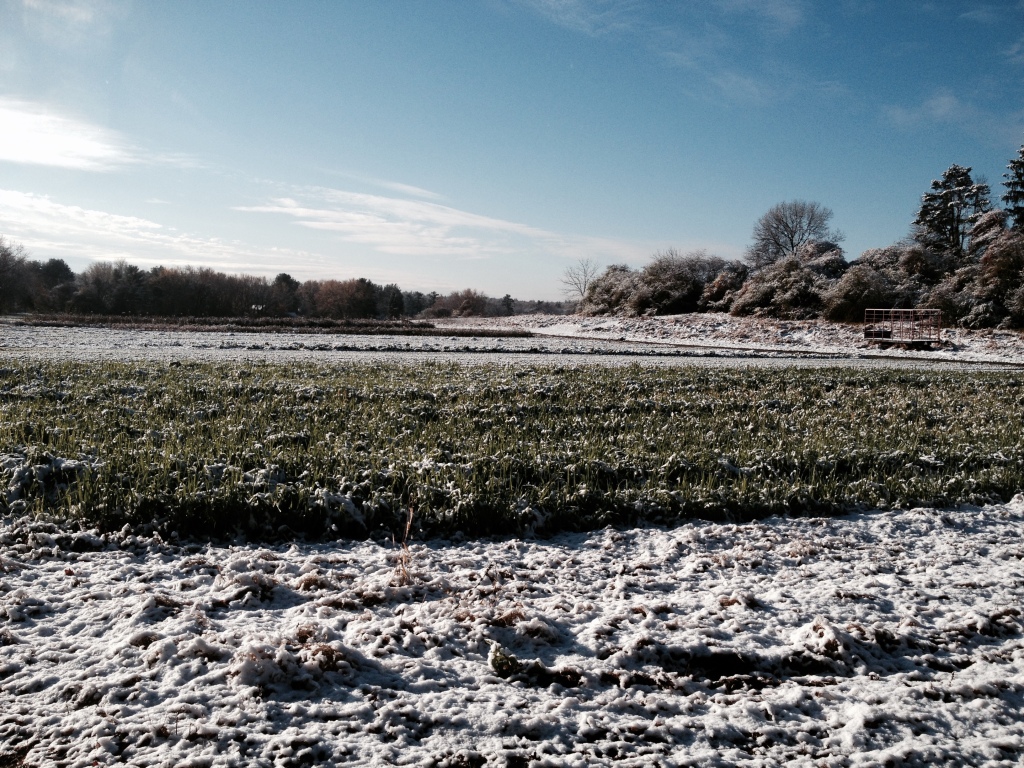 At around 3:45 pm, as the sun dropped low in the sky, the leeks began to freeze in our hands as we were peeling and topping them. We quickly finished the work and hurried in to the wash station to spray, dunk and pack them. We had previously harvested the kale, and it was floating in large basins of water. Pulling the kale out of the dunk tanks to make way for the leeks further stupefied our already numb hands. When we went to spray the leeks, we found that the hoses had partially frozen. We had to run the water for several minutes to clear the ice. As we finally loaded the truck with the leeks and kale for transport to the root cellar, the wash water on the ground was freezing and we were slipping around. The whole business was painful and fun at the same time.
At around 3:45 pm, as the sun dropped low in the sky, the leeks began to freeze in our hands as we were peeling and topping them. We quickly finished the work and hurried in to the wash station to spray, dunk and pack them. We had previously harvested the kale, and it was floating in large basins of water. Pulling the kale out of the dunk tanks to make way for the leeks further stupefied our already numb hands. When we went to spray the leeks, we found that the hoses had partially frozen. We had to run the water for several minutes to clear the ice. As we finally loaded the truck with the leeks and kale for transport to the root cellar, the wash water on the ground was freezing and we were slipping around. The whole business was painful and fun at the same time.
And now the root cellar is comically over-full. We had to put the last crates right at the bottom of the stairs, and so now there’s no going into the root cellar unless you’re taking something out. And this space crunch comes even though we stored about 3,000 pounds of veggies in bulk bins in the green barn basement. So, it was a bountiful year, and we also grew more crops with the goal of filling the new, larger root cellar. But because of construction delays on that project, we’ve been getting creative with storing the extras.
 This will be the last crops update until the spring. We have much to do in the coming weeks:
This will be the last crops update until the spring. We have much to do in the coming weeks:
- Finish the roots harvest
- Mulch the strawberries
- Take soil samples
- Write the crop plan for next season
- Order seeds and materials
- Clean barns, equipment, and vehicles
- Inventory and order supplies
- Run winter CSA distributions
- Seed and harvest greens for the greens share
- Hire a team for next season
and, of course, take some time off!
-Matt Celona is the Crops Manager at Drumlin Farm Wildlife Sanctuary


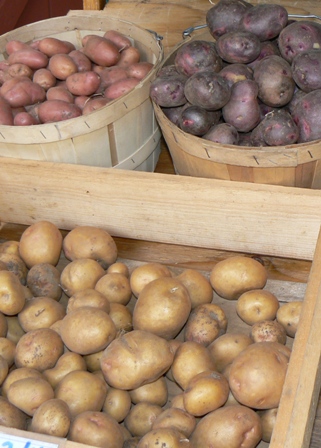
 The Pig Barn has a Solar Wall, which helps to keep the barn warm in the winter. The sun warms the metal surface of this solar wall, creating a thin layer of air that is 5 to 30˚F warmer than the outside temperature. A fan pulls the warmed air into the building, reducing heating costs and providing ventilation.
The Pig Barn has a Solar Wall, which helps to keep the barn warm in the winter. The sun warms the metal surface of this solar wall, creating a thin layer of air that is 5 to 30˚F warmer than the outside temperature. A fan pulls the warmed air into the building, reducing heating costs and providing ventilation.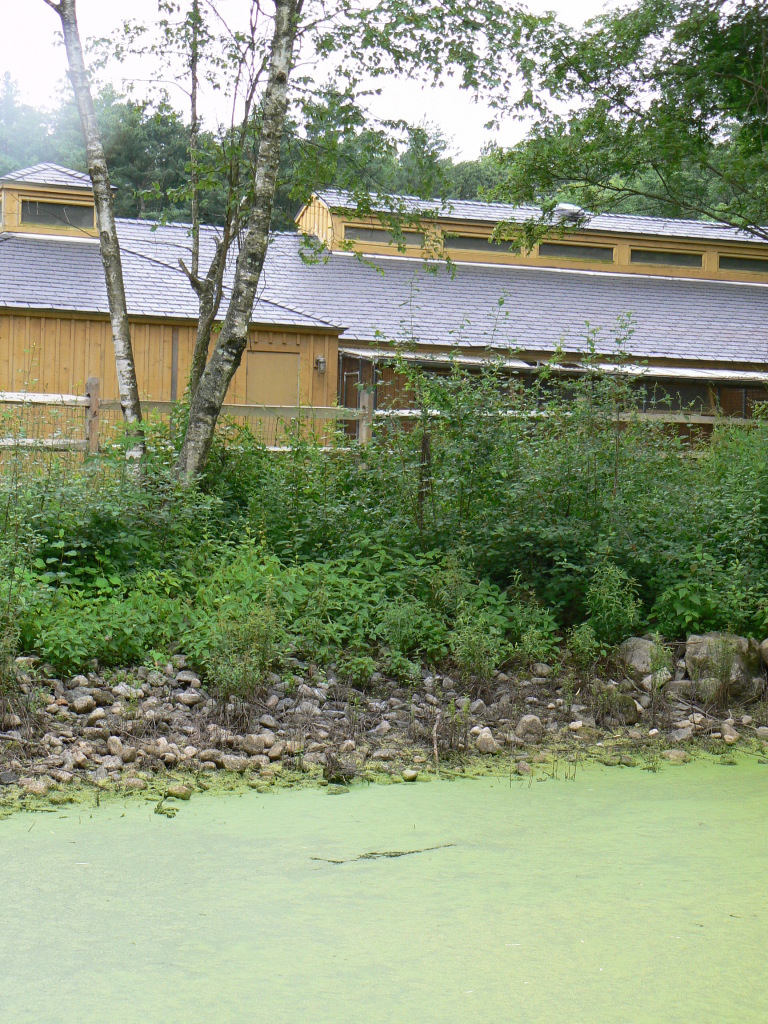 Earthen beams behind the Poultry House prevent manure-laden runoff water from reaching the Poultry Pond, and filtering plants absorb extra nutrients as the water flows by to prevent water pollution.
Earthen beams behind the Poultry House prevent manure-laden runoff water from reaching the Poultry Pond, and filtering plants absorb extra nutrients as the water flows by to prevent water pollution. Composting is a big part of our farming operation. Beneficial bacteria break down plant and vegetable scraps into a natural fertilizer called compost. Spreading compost on our garden beds and fields also reduces water usage by holding moisture in the soil. Boyce Field has a large compost pile that recycles all of the farm animal waste, contributing to the incredible richness of the soil.
Composting is a big part of our farming operation. Beneficial bacteria break down plant and vegetable scraps into a natural fertilizer called compost. Spreading compost on our garden beds and fields also reduces water usage by holding moisture in the soil. Boyce Field has a large compost pile that recycles all of the farm animal waste, contributing to the incredible richness of the soil.

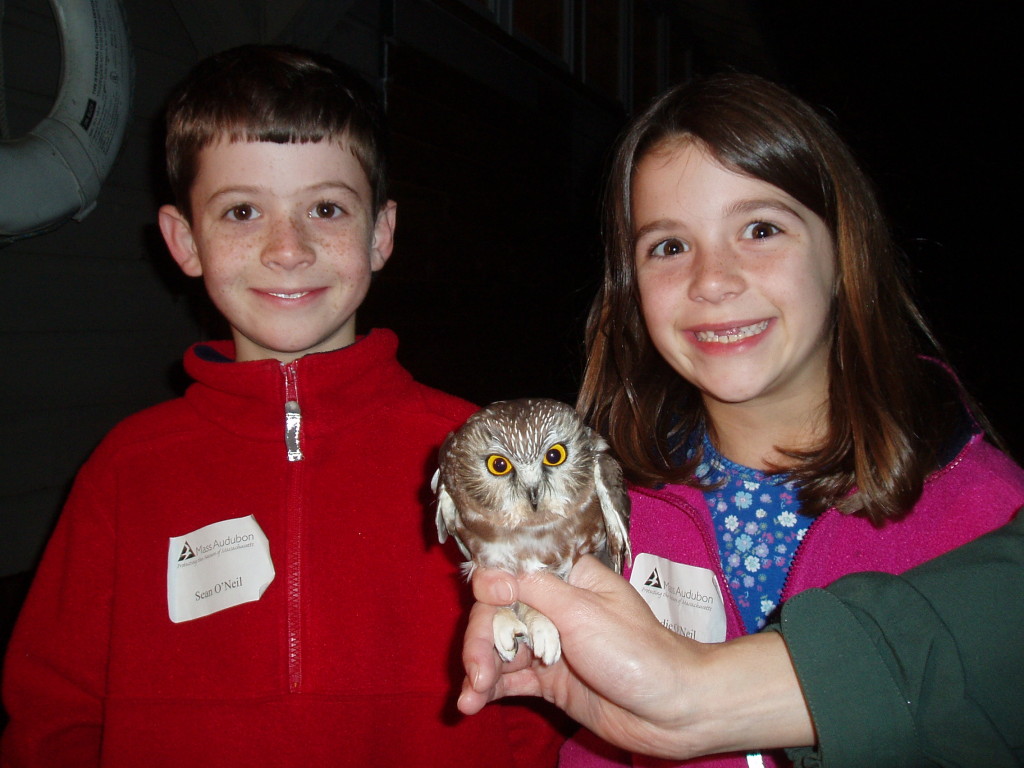
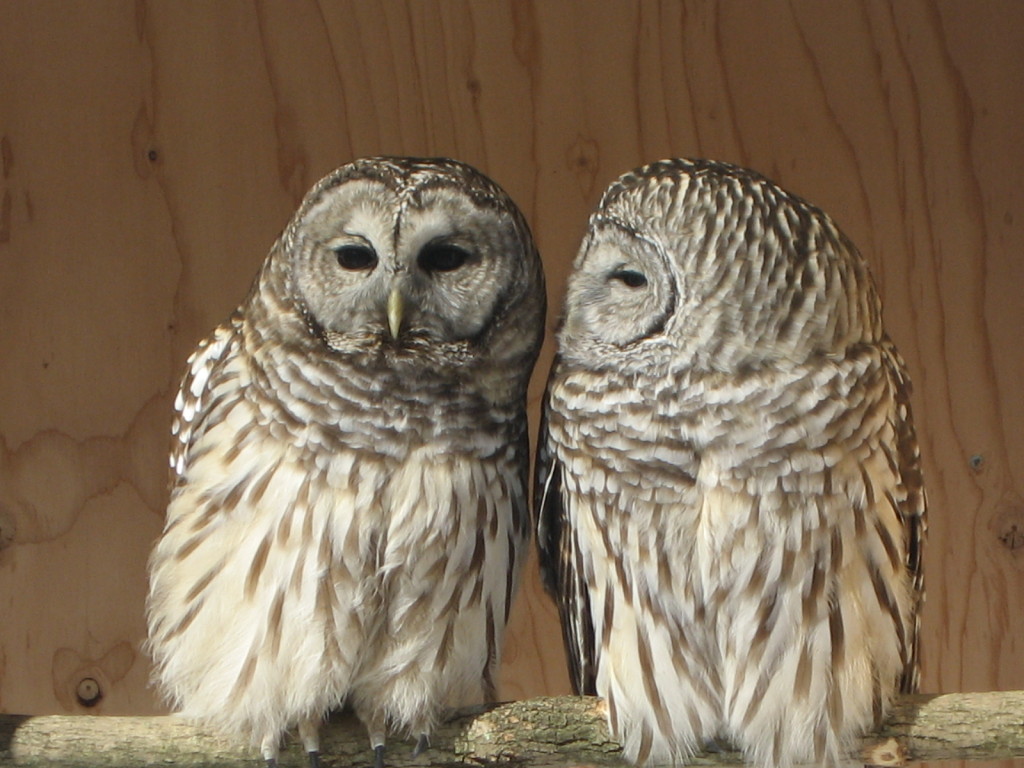 Barred owls are mottled brown and white, and have dark brown eyes. They usually live in old forests, because there is a wide variety of prey and the trees are large enough for nesting. They also often live near water, be it a stream or a swamp.
Barred owls are mottled brown and white, and have dark brown eyes. They usually live in old forests, because there is a wide variety of prey and the trees are large enough for nesting. They also often live near water, be it a stream or a swamp.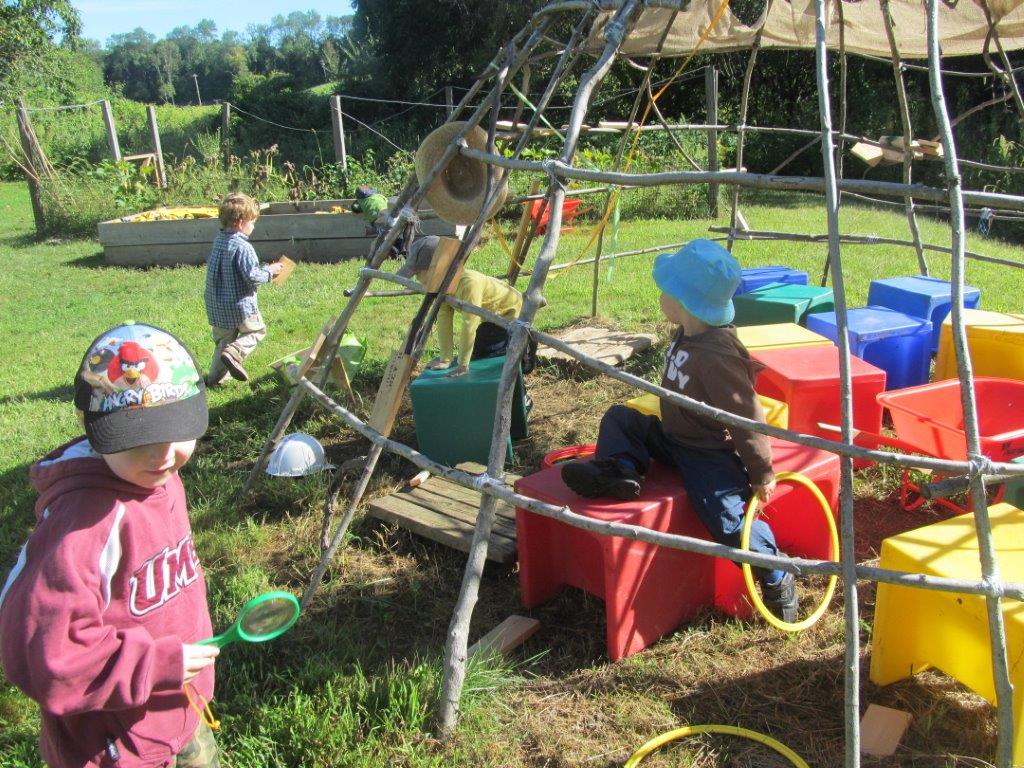 September is right around the corner, which means it’s back-to-school time! We’re excited to welcome a new crop of students to our
September is right around the corner, which means it’s back-to-school time! We’re excited to welcome a new crop of students to our 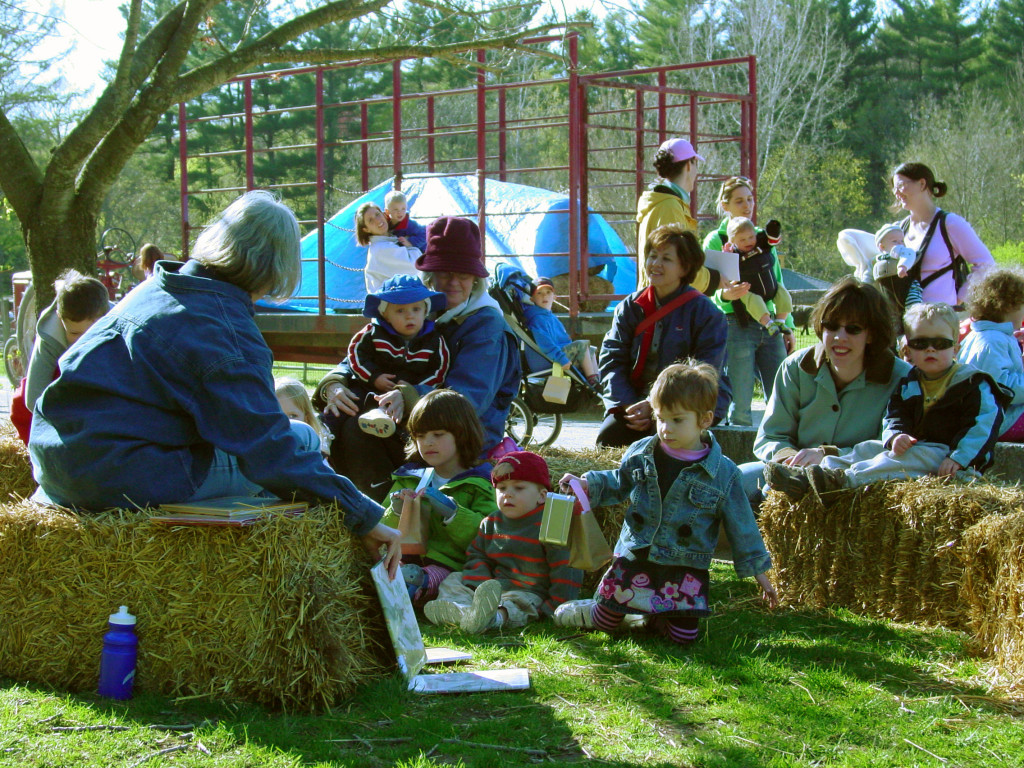
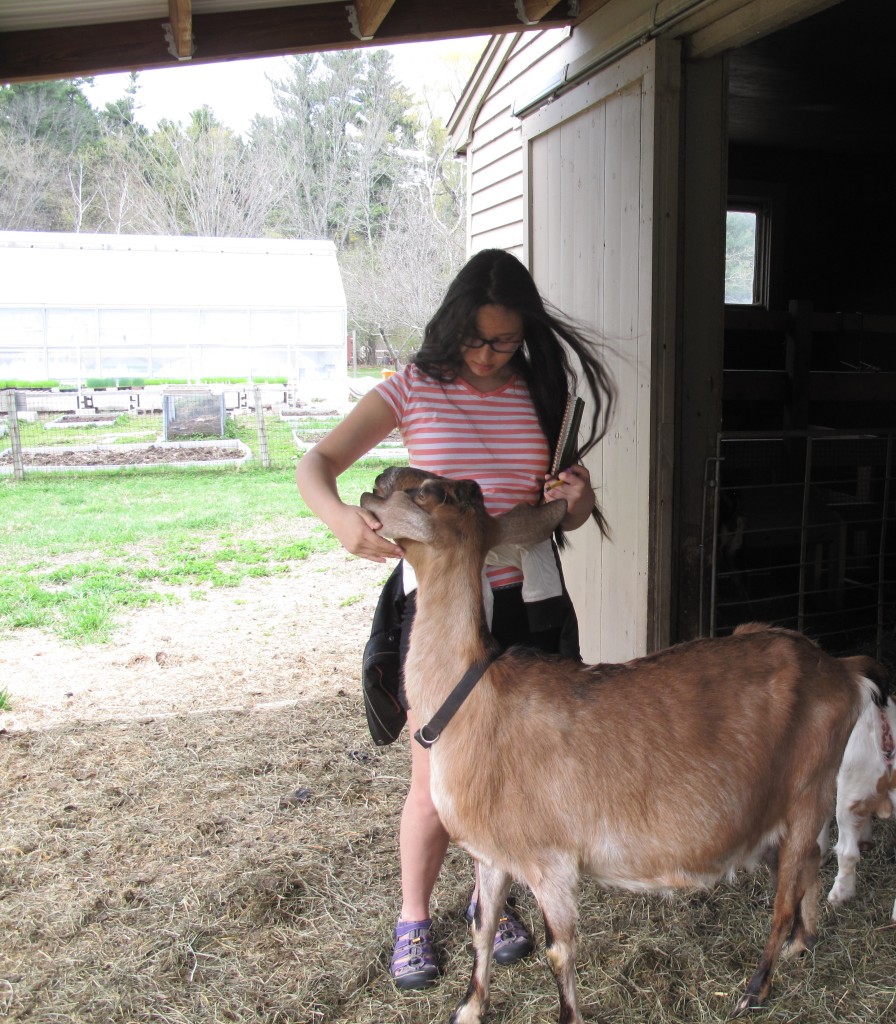
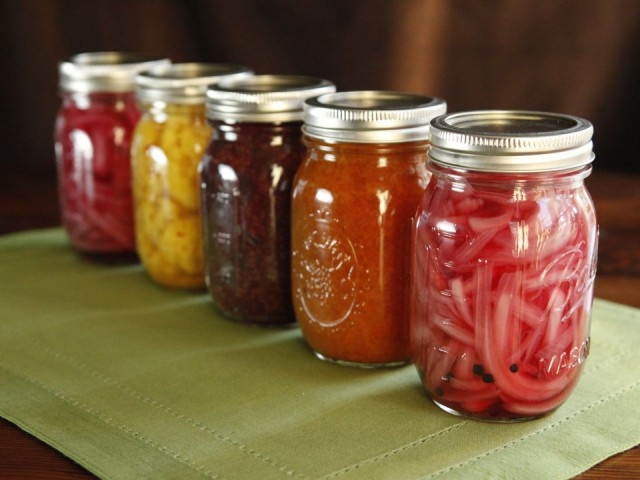

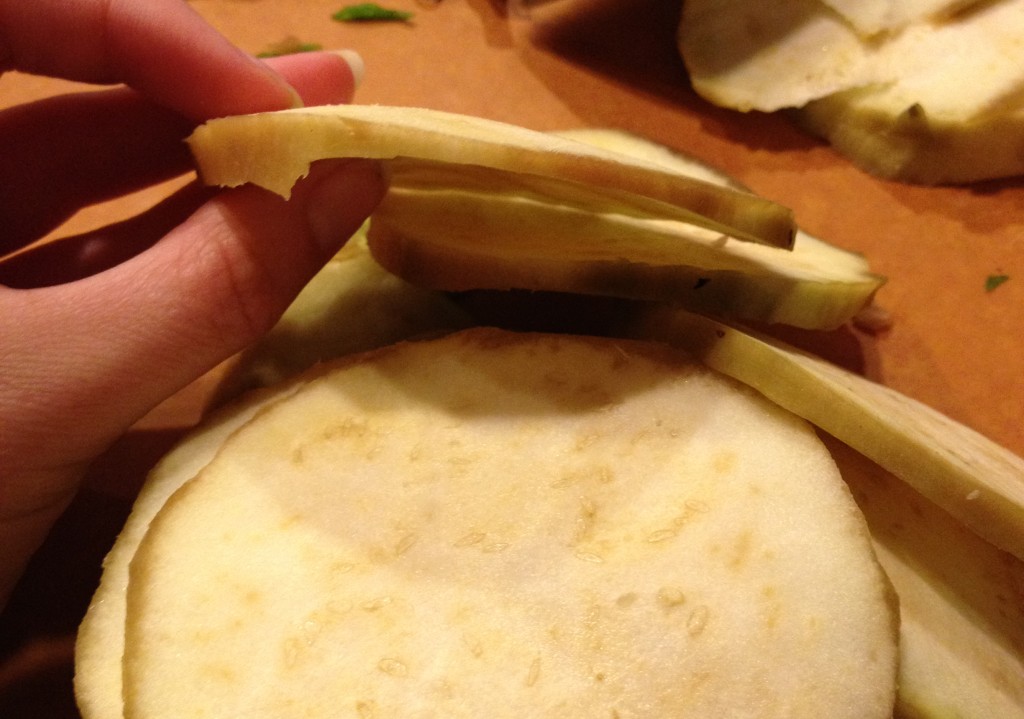

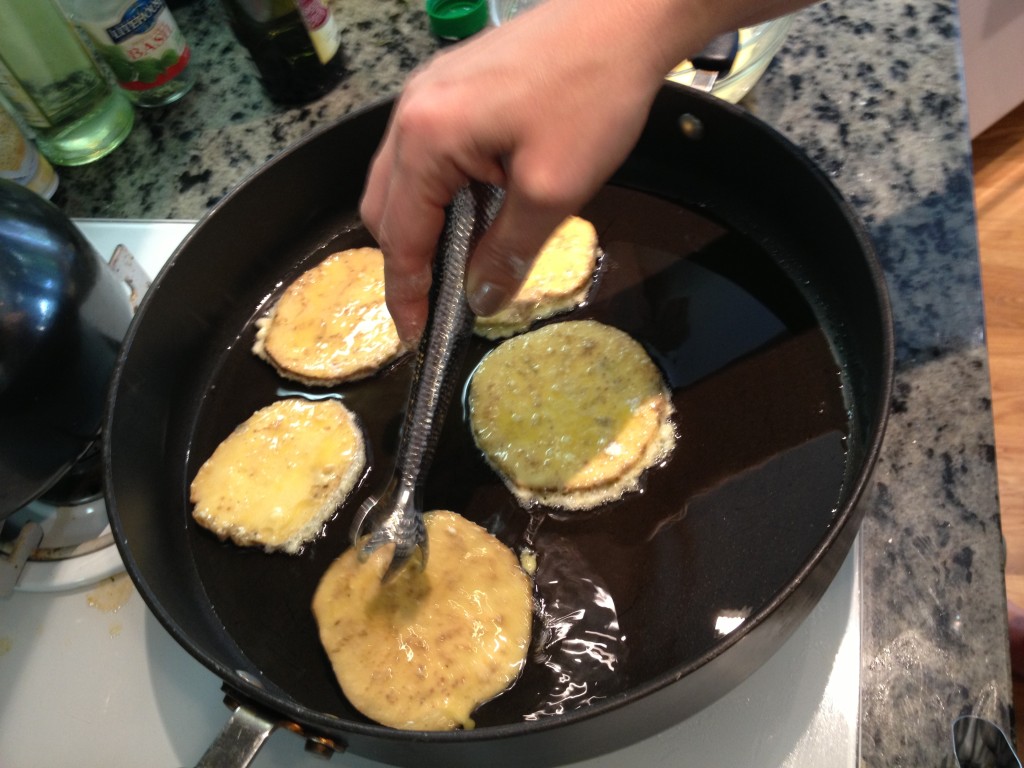

 Samson is a domestic rabbit brought to Drumlin Farm with the hope of increasing opportunities for our program participants to touch and interact with our animals. He is still in training, but we are very excited to add Samson to our on-site and outreach programs.
Samson is a domestic rabbit brought to Drumlin Farm with the hope of increasing opportunities for our program participants to touch and interact with our animals. He is still in training, but we are very excited to add Samson to our on-site and outreach programs. The Eastern screech owl is found “wherever there are trees,” from woods to parks to your backyard.
The Eastern screech owl is found “wherever there are trees,” from woods to parks to your backyard.


